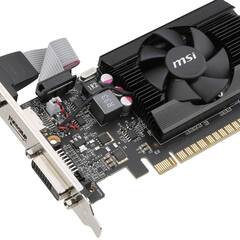China's chip-making on display as Huawei produces new phone with homebuilt 7nm chip
- Prev
- 1
- 2
- Next
- Page 1 of 2
- Prev
- 1
- 2
- Next
- Page 1 of 2

This topic is now closed to further replies.
Share
Followers
5


.png.255947720031a641abdac78e663b681c.png)













